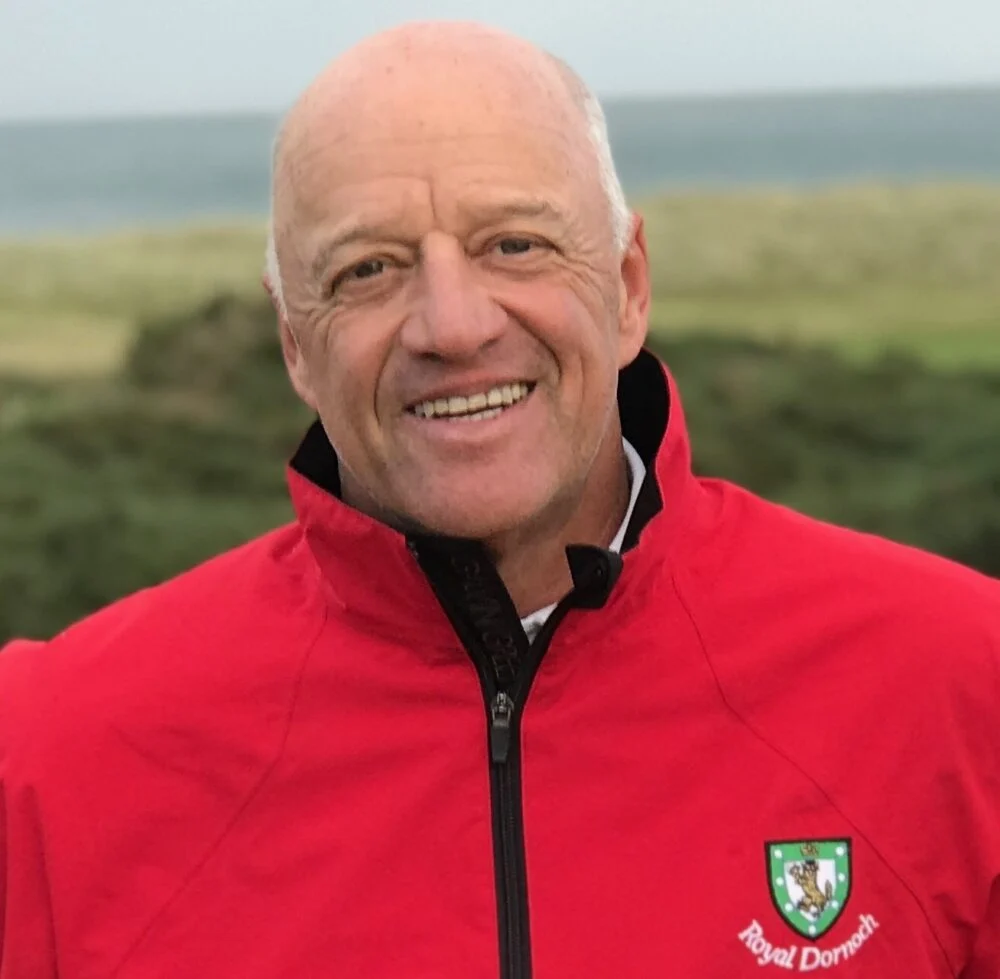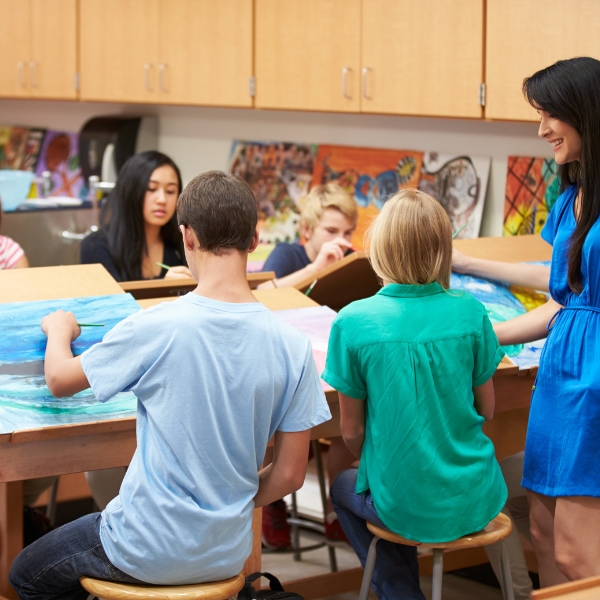The Role of Arts Education in Inspiring Creativity Among Long Island’s Youth
The Role of Arts Education in Inspiring Creativity Among Long Island’s Youth
In today’s fast-paced and ever-evolving world, creativity stands as one of the most valuable assets for young people. The Role of Arts Education in Inspiring Creativity Among Long Island’s Youth cannot be overstated, as it equips students with the skills necessary to think critically, solve complex problems, and communicate effectively. Through various art forms such as music, dance, theater, and visual arts, students not only explore their artistic expression but also develop a unique perspective that fosters innovation across multiple disciplines. As educators and community members, it’s our responsibility to advocate for and support arts education in an increasingly standardized academic environment.
Long Island is home to a rich cultural tapestry that offers diverse artistic influences and resources. Local museums, galleries, theaters, and music venues serve as platforms for young artists to showcase their talents and connect with their communities. This access to the arts is paramount for nurturing creativity in the youth, as it provides them with opportunities to engage in hands-on learning experiences. Active participation in the arts encourages students to express their thoughts and emotions, develop a sense of identity, and cultivate interpersonal skills, all of which are crucial in today’s collaborative society.
Benefits of Arts Education
The Role of Arts Education in Inspiring Creativity Among Long Island’s Youth extends beyond mere artistic skills. Research has consistently shown that arts education can enhance cognitive development and improve academic performance. Here are some key benefits:
- Enhanced Critical Thinking: Engaging in artistic activities cultivates critical thinking skills by encouraging students to analyze, interpret, and evaluate information from various sources.
- Improved Academic Performance: Studies indicate that students involved in arts programs score higher in standardized tests, showcasing the positive correlation between arts education and overall academic success.
- Social and Emotional Growth: Arts education fosters empathy and emotional intelligence, allowing students to understand and appreciate diverse perspectives.
- Stronger Communication Skills: Through the practice of expressing ideas and emotions artistically, students enhance their verbal and non-verbal communication skills.
Moreover, arts education plays a crucial role in building self-esteem and resilience. Young individuals who engage in creative endeavors often face constructive criticism and learn how to navigate failure and success, which builds character and determination. For many, the performing arts are particularly impactful, as they require students to step out of their comfort zones and engage with audiences, fostering confidence and public speaking abilities.
The Importance of Community Support
For arts education to thrive in Long Island, community support and involvement are vital. Local businesses, parents, and educational institutions must come together to advocate for increased funding and resources dedicated to arts programs. Collaborations between schools and community organizations can provide workshops, mentorships, and exposure to professional artists. By investing in such initiatives, we can significantly enhance The Role of Arts Education in Inspiring Creativity Among Long Island’s Youth. Initiatives may include:
- Fundraising events to secure additional resources for school arts programs.
- Partnerships with local artists for workshops and mentorship programs.
- Community exhibitions and performances that showcase the talents of young artists.
Furthermore, businesses can play a crucial role by sponsoring art events or providing internships for students interested in pursuing careers in creative fields. By supporting arts education, the community not only uplifts its youth but also enriches its cultural landscape, contributing to a more vibrant and connected society.
Incorporating Technology in Arts Education
In an age dominated by technology, integrating digital tools into arts education can further inspire creativity among Long Island’s youth. Programs that incorporate digital media, graphic design, and multimedia arts open up new avenues for self-expression. Young artists can leverage technology to create, share, and collaborate in ways that were previously unimaginable. By embracing technology, students are better prepared for modern career paths, particularly in industries such as film, advertising, and design.
Moreover, technology can facilitate remote learning and access to online resources that enhance artistic skills. Webinars, virtual art classes, and access to global art communities allow students to connect with like-minded peers worldwide. As we continue to explore The Role of Arts Education in Inspiring Creativity Among Long Island’s Youth, it is essential to integrate technology in ways that complement traditional artistic practices while encouraging innovation and experimentation.
The Future of Arts Education on Long Island
As we look toward the future, it is crucial to advocate for robust arts education programs that resonate with Long Island’s diverse youth. The Role of Arts Education in Inspiring Creativity Among Long Island’s Youth is not just about preserving art forms but about building a generation that prioritizes creativity as a means of problem-solving and innovation. Educational policymakers must recognize the intrinsic value of arts education and its role in shaping well-rounded individuals who can navigate the complexities of modern life.
To ensure that future generations benefit from strong arts education, we must engage in continuous conversations about the importance of funding, community involvement, and curriculum development. Organizations, schools, and local communities should collaborate to create comprehensive arts programs that address the needs and interests of students. By doing so, we can cultivate an environment where creativity thrives, and young artists flourish.
Get Involved
Whether you are a parent, educator, or community member, there are many ways to support arts education and foster creativity among Long Island’s youth. Consider reaching out to local schools and organizations to learn how you can contribute to arts initiatives. Attend performances, volunteer for art programs, or even start your own project that promotes creative expression. Together, we can make a difference in the lives of young artists and ensure that The Role of Arts Education in Inspiring Creativity Among Long Island’s Youth remains a priority for years to come.
If you’re interested in learning more about how you can support arts education in your community, or if you have ideas on how to inspire creativity among our youth, don’t hesitate to contact us. Your involvement can help shape a vibrant future for Long Island’s budding artists.
Keywords: arts education, creativity, Long Island youth, inspiring creativity, arts programs, educational initiatives, community involvement, youth development, cultural enrichment, creative expression, Long Island arts, artistic skills, mentorship programs, future leaders, innovation in education
popular news & articles
Mental health is an essential aspect of overall well-being, yet […]
Affordable Housing Solutions That Keep Families Together In today’s rapidly […]
Bike Lanes and Pedestrian-Friendly Initiatives: Expanding Alternative Transportation on Long […]
Hidden Gems: Must-Visit Small Businesses on Long Island This Spring […]
news via inbox
Stay Connected

The Honorable Paul J. Tonna is a distinguished public servant, community advocate, and seasoned leader with a career marked by dedication to environmental sustainability, social equity, and community development. Serving as a Suffolk County Legislator for twelve years, including three years as Presiding Officer, Tonna played a pivotal role in advancing public health, environmental conservation, and workforce housing initiatives… Read More
Learn more about Paul Tonna at his website PaulTonna.com
Related Articles
Paul Tonna serves as Molloy College’s Executive Director for The Energeia Partnership, a leadership academy dedicated to identifying and addressing the serious …
The Honorable Paul Tonna serves as Vice Chairman and Executive Vice President of Corporate Affairs for American Health Group.
Paul Tonna joined the South Huntington Water District as a Commissioner in March, 2006, bringing with him a diverse background including experience in …
Mr. Paul Tonna is a former healthcare executive, elected official, and university adjunct professor. Paul currently serves as executive director of Molloy College’s leadership academy, The Energeia Partnership, Suffolk County…
Paul Tonna, Managing Partner, Fun Facts, Deborah Young, Director of Operations & Finance, Fun Facts, Patricia Miller, Partner, Real Estate Development.
Paul J. Tonna – Public Service Leader and AERTC Advisory Board Member | Championing Sustainable Energy Solutions and Community Development.







